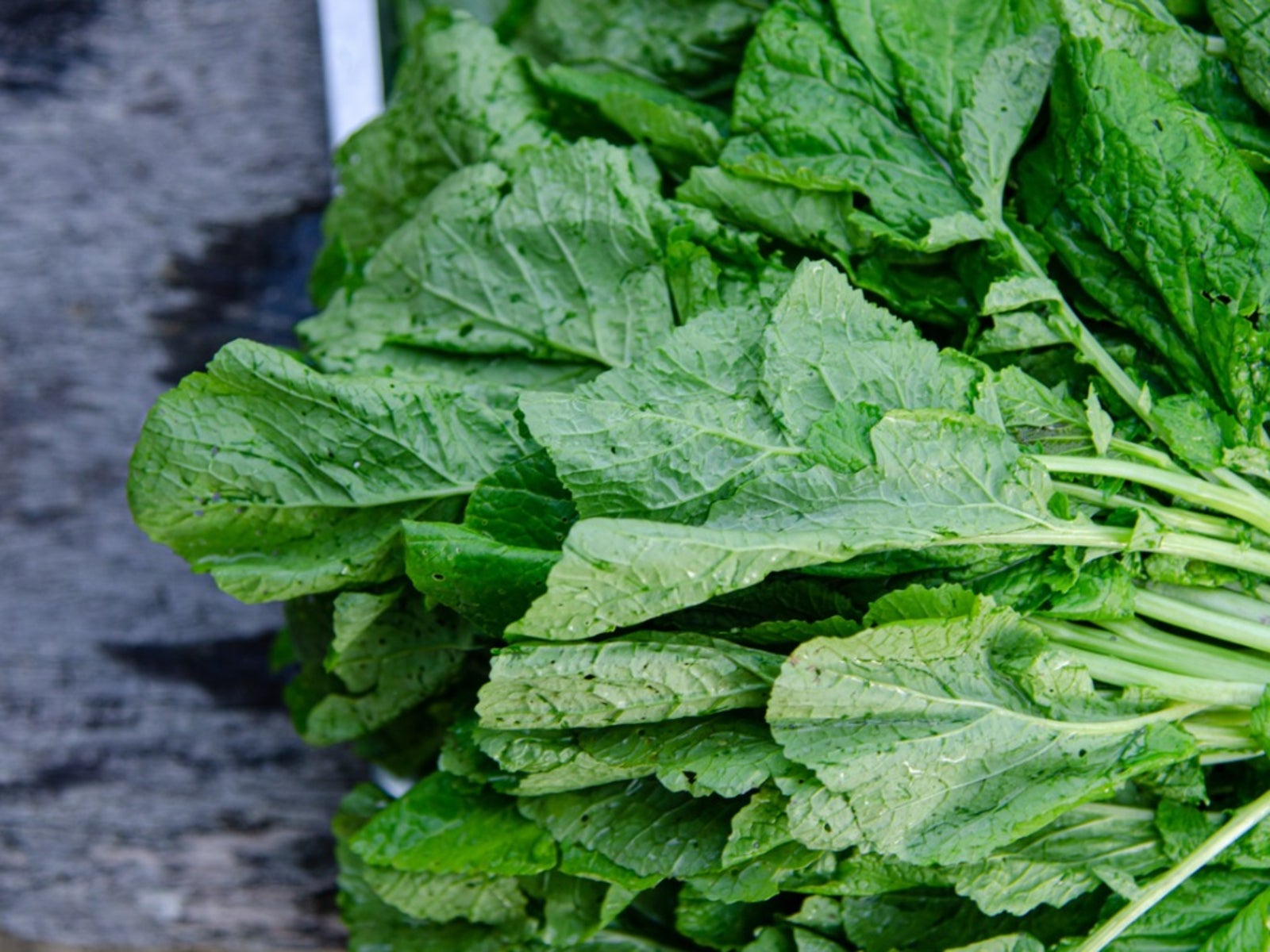Planting Mustard Greens - How To Grow Mustard Greens


Growing mustards is something that may be unfamiliar to many gardeners, but this spicy green is quick and easy to grow. Planting mustard greens in your garden will help you add a healthy and tasty food to your vegetable garden harvest. Keep reading more to learn how to plant mustard greens and the steps for growing mustard greens.
How to Plant Mustard Greens
Planting mustard greens is done either from seed or from seedlings. Since growing mustard greens from seed is so easy, this is the most common way to plant mustard greens. However, young seedlings will work just as well. If you'll be growing mustards from seed, you can start them outdoors three weeks before your last frost date. If you would like a more steady harvest, plant mustard green seeds about every three weeks to give you a successive harvest. Mustard greens will not grow well in the summer, so you should stop planting seeds a bit before the end of spring and start planting the mustard greens seeds again in midsummer for a fall harvest. When planting mustard greens seeds, plant each seed just under the soil about a half inch (1 cm.) apart. After the seeds sprout, thin the seedlings to 3 inches (8 cm.) apart. If you're planting seedlings, plant them 3 to 5 inches (8-13 cm.) apart beginning three weeks before your last frost date. When planting mustard greens seeds, you can plant new seedlings every three weeks for a successive harvest.
How to Grow Mustard Greens
Mustard greens growing in your garden need little care. Give the plants plenty of sun or partial shade, and keep in mind that mustard greens like cool weather and grow rapidly. You can fertilize with a balanced fertilizer, but often these vegetables don't need it when in a well amended vegetable garden soil. Mustard greens need 2 inches (5 cm.) of water a week. If you are not getting this much rainfall a week while growing mustards, then you can do additional watering. Keep your mustard greens bed weed free, especially when they are small seedlings. The less competition they have from weeds, the better they will grow.
Harvesting Mustard Greens
You should harvest mustard greens while they're still young and tender. Older leaves will get tough and increasingly bitter as they get older. Discard any yellow leaves that may appear on the plant. Mustard greens are harvested one of two ways. You can either pick individual leaves and leave the plant to grow more, or the entire plant can be cut down to harvest all the leaves at once.
Sign up for the Gardening Know How newsletter today and receive a free copy of our e-book "How to Grow Delicious Tomatoes".

Heather Rhoades founded Gardening Know How in 2007. She holds degrees from Cleveland State University and Northern Kentucky University. She is an avid gardener with a passion for community, and is a recipient of the Master Gardeners of Ohio Lifetime Achievement Award.